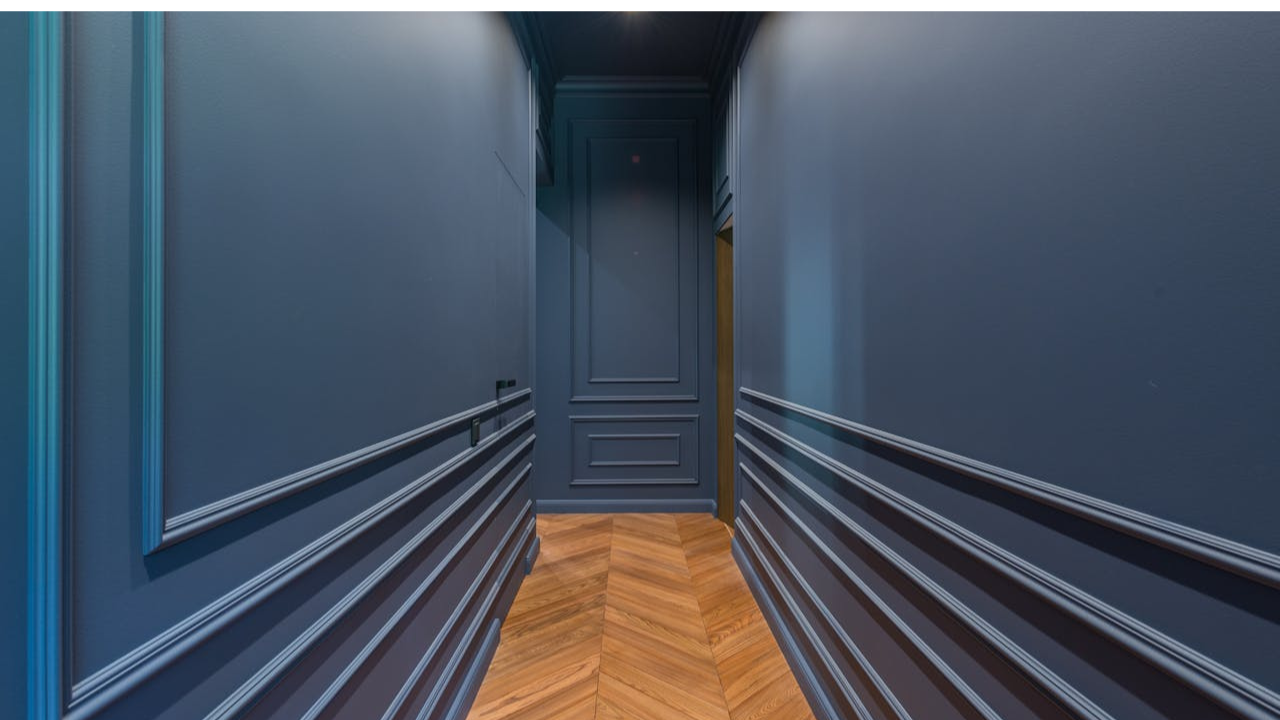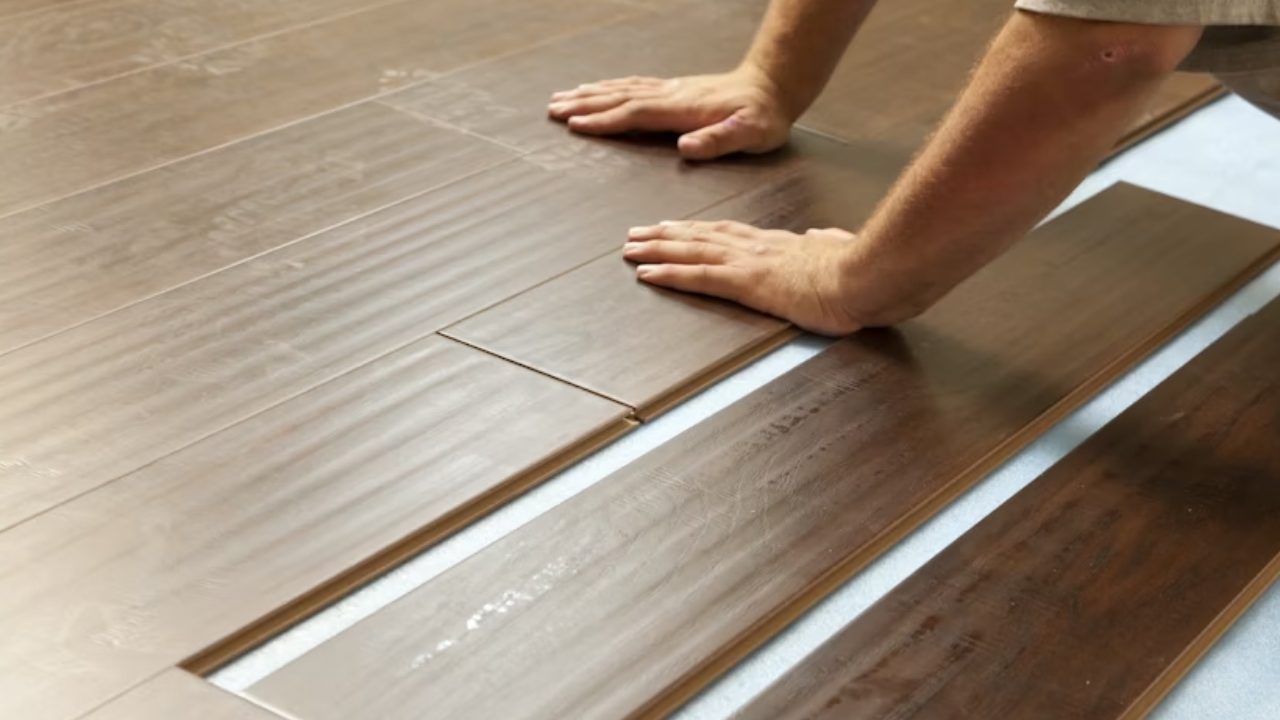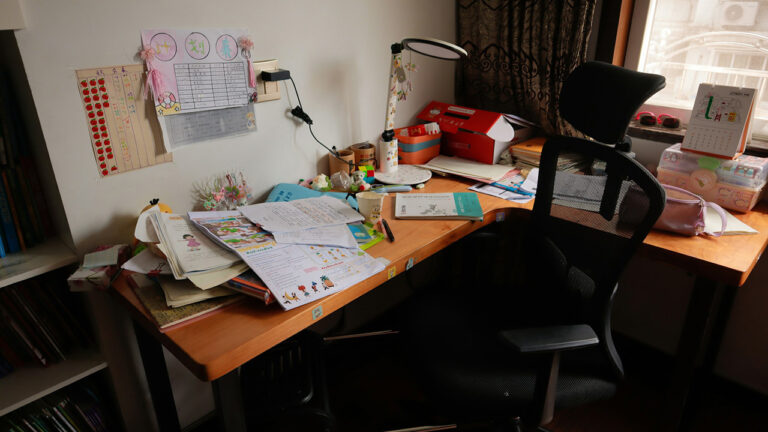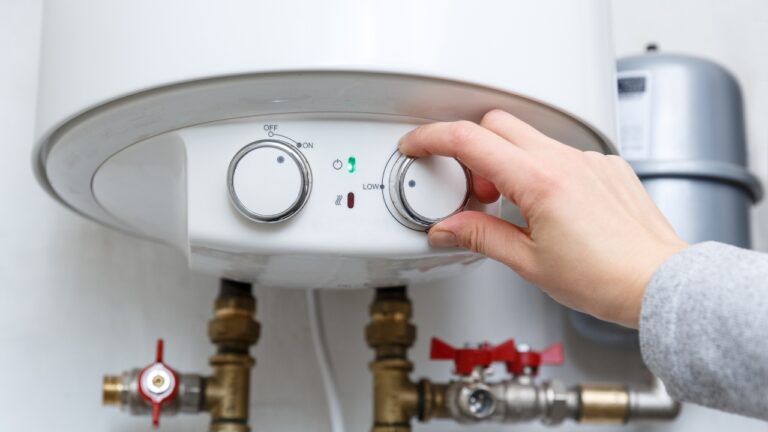What to upgrade when you have $1,000 and want it to look like $10,000
When you have $1,000 to spend on upgrades, you want every dollar to pull its weight. The trick is focusing on high-visibility projects—the kind that instantly change how a room feels or how people perceive your home.
You don’t need to replace everything or start over. A few well-chosen upgrades can make your house look like you spent ten times more than you did.
Update the Lighting

Swapping out old light fixtures is one of the fastest ways to make your home feel new. Outdated flush mounts or yellow-toned bulbs can make even nice spaces look dull.
Spend part of your budget on fixtures that make a statement—pendants for the kitchen, a chandelier for the dining room, or sconces in a hallway. Pair them with warm white LED bulbs to brighten everything up without wasting energy.
Upgrade the Hardware

Cabinet handles, drawer pulls, and door knobs quietly influence how “expensive” your home feels. Replacing old brass or worn-out finishes with matte black, brushed nickel, or brass instantly modernizes the space.
You can transform an entire kitchen or bathroom for under $200 this way. Stick to one metal tone throughout your house so it looks cohesive, not pieced together.
Paint High-Impact Spaces

A gallon of paint goes a long way when used strategically. Focus on spots that make the biggest visual difference—like kitchen cabinets, an accent wall, or the front door.
Fresh paint instantly hides wear and updates your color palette. Neutrals like greige, warm white, or slate blue tend to make homes feel cleaner and more expensive without requiring major changes elsewhere.
Replace Window Treatments

Old blinds or short curtains can make your house look smaller and dated. Swapping them for long, neutral curtains hung high and wide gives the illusion of taller ceilings and bigger windows.
You don’t have to go custom—affordable options from Target, IKEA, or Amazon can look high-end when hung correctly. Always aim for curtains that kiss the floor for that “designer” look.
Add Molding or Trim

Even a few pieces of molding can completely change how finished your home looks. Think board and batten in an entryway, crown molding in the living room, or trim framing around doors and windows.
You can DIY most of it with MDF boards and paint, which keeps the cost low. The detail adds depth and architectural character that buyers often associate with custom homes.
Refresh the Flooring

If you can’t afford to replace all your floors, focus on key spots like entryways, kitchens, or bathrooms. Luxury vinyl planks or peel-and-stick tiles are affordable, easy to install, and look surprisingly upscale.
Even a small area upgrade can elevate the whole house, especially when you choose cohesive tones that flow with your existing floors.
Replace Old Faucets

Kitchen and bathroom faucets can date a space fast. A modern faucet with a clean design and quality finish can make an entire vanity or sink area look high-end.
You don’t need to go top-shelf—there are plenty of stylish, durable options under $100. Match the finish to your hardware for a more intentional, pulled-together look.
Install a Feature Wall

A shiplap or wood accent wall instantly makes a room look professionally designed. You can use peel-and-stick wood panels or painted trim to get the same result without major construction.
It draws attention the way custom millwork does and gives your home personality. Start with a living room or entry wall and keep the rest neutral so it really stands out.
Upgrade Your Front Entry

Curb appeal changes how people see the rest of your home. A new front door color, upgraded hardware, or fresh light fixtures can make your house look expensive before anyone steps inside.
Add a new doormat, potted plants, or house numbers for extra polish. You’ll easily stay under $300 for this section of your budget—and it’ll look like you spent far more.
Focus on Finishing Touches

The final touches tie everything together. Swap mismatched switch plates, touch up paint, and hide cords. Add a few neutral throw pillows or art pieces that complement your main colors.
These small updates may seem minor, but they’re what separate “nice” homes from “designer” ones. With $1,000 spent wisely, you’ll have a space that looks elevated, cohesive, and intentional—without emptying your wallet.
*This article was developed with AI-powered tools and has been carefully reviewed by our editors.







